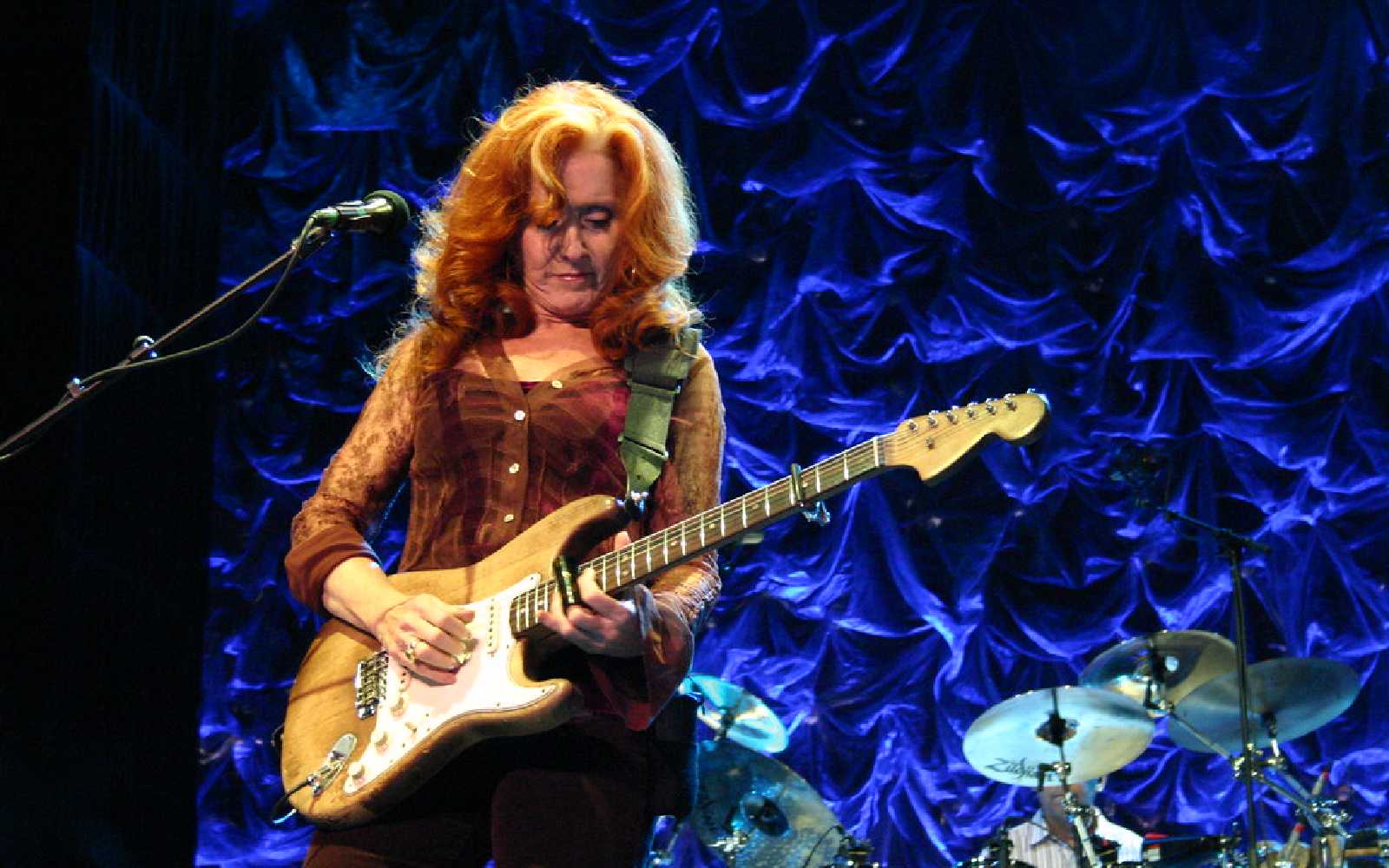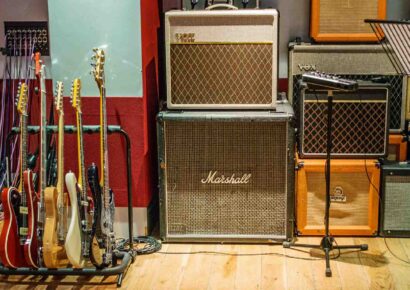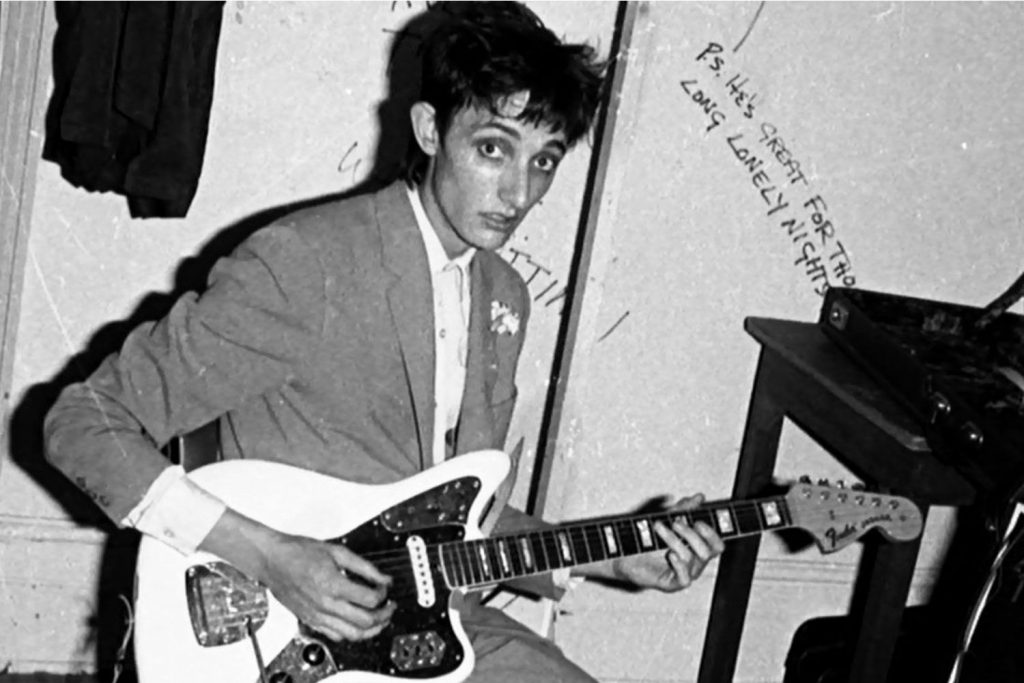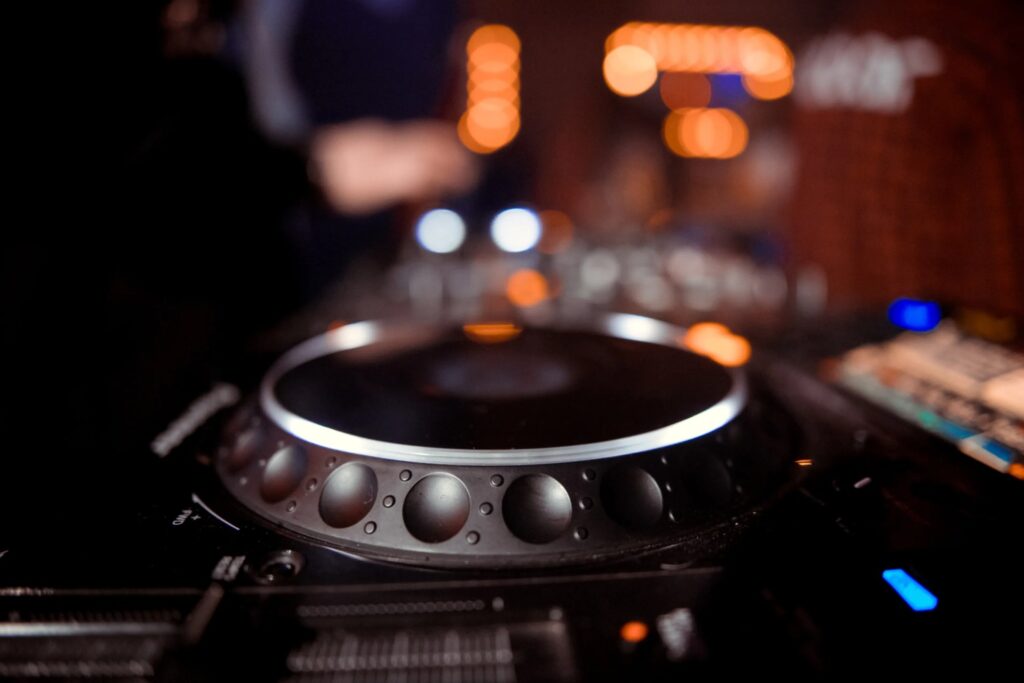Underrated guitarists and their instantly recognisable tones!
Many things contribute to a guitar tone. The guitar itself, the type of pickups in the guitar, amps, pedals, microphones, recording techniques and so on, but the one thing that might be the strongest factor is the player themselves.
You can buy all the gear of your favourite player and learn all their licks but still, you may not get their exact sound because each player is unique. Don’t despair though if you can’t get that exact Hendrix/Halen/Page/Fripp sound because your sound is also its own particular beast.
Here is a short list of perhaps, not so obvious guitarists (it could have been very, very long) that have their own special sound, a sound that when you hear it, you instantly know exactly who the player is.
Read all the latest features, columns and more here.
Django Reinhardt
Born into a musical family in Belgium in 1910, Jean ‘Django’ Reinhardt started playing the banjo-guitar without any formal lessons as a boy. At the age of 18, he was badly burned in a fire which resulted in life-long injuries, including the ring and little fingers of his left hand being fused together.
Determined to continue as a musician, he learned to play his Selmer acoustic guitar using his index and middle fingers to fret notes and his fused fingers to play chords. This drove him to use unusual chord shapes and techniques and perhaps spurred him further on towards attaining his outstandingly high level of guitar skill.
Once he discovered American music giants Louis Armstrong and Duke Ellington, Reinhardt decided to focus on performing in the emerging jazz music genre and went on to define what would later be called ’Gypsy Jazz’. Teaming up with violinist Stephane Grapelli in the mid-1930s, they made a string of recordings that have become jazz standards and remain the high watermark of Django’s masterful playing.
Scotty Moore
Arguments will always rage about the ‘first’ rock and roll song but it’s hard to deny that those early Sun Studios Elvis Presley recordings were hugely influential in defining rock & roll and rockabilly sounds that came thereafter.
Scotty Moore mostly used a Gibson ES-295 semi-hollow body guitar with covered P90 pickups, that give a full and ‘spanking’ type of sound. Combined with early tape echo and microphones placed in the room, instead of directly in front of the amp, they created his signature ‘slap back’ full and warm echoey rockabilly sound.
Moore used a thumb pick and his fingers to play a hybrid of country and blues-type licks and inspired generations of guitarists thereafter to step forward and take a more prominent role.
As Keith Richards once said “When I heard ‘Heartbreak Hotel’, I knew what I wanted to do in life. It was as plain as day. All I wanted to do in the world was to be able to play and sound like that. Everyone else wanted to be Elvis, I wanted to be Scotty.”
Dick Dale
As a boy in Boston, Richard Monsour played around with piano, trumpet, ukulele, and given his Lebanese heritage, some more obscure traditional instruments. He soon picked up a guitar and used his knowledge of Middle Eastern scales to great effect.
He was left-handed and played a right-handed solid body Stratocaster upside down without changing the order of the strings. Playing in California at the start of the surf music boom under the stage name of Dick Dale, his performances attracted the attention of guitar pioneer Leo Fender. In order to keep up with Dale’s extremely loud live shows, they developed the first 100-watt amp and later the reverb tank, pushing guitar volume further than ever before.
Dale’s machine gun-like playing earned him the title of ‘King of the Surf Guitar’ and use of his signature track ‘Miserlou’ as the opening to Quentin Tarantino’s Pulp Fiction rightly earned him a new legion of fans. Some have also called him ‘the father of heavy metal’ which may be a stretch but certainly, guitarists everywhere who play fast and loud owe a debt to the mighty surf sounds of the master guitar innovator that was Dick Dale
Albert King
Towering over most at 6’5” (195 cm) Albert King was a big human with an even bigger sound. Like Dick Dale, he was left-handed and played a right-handed guitar upside down.
King chose Gibson Flying V guitars with light gauge strings and sometimes odd tunings. To get more bite in his sound, King also used solid state amps, with dual sets of large 15-inch speakers, when almost everyone else was using warmer valve amps.
Himself inspired by BB King and Elmore James, Albert King has been cited by many of the world’s finest players as a huge influence including Hendrix, Clapton and Stevie Ray Vaughan.
His 1967 album Born Under a Bad Sign and 1968’s Live Wire/Blues Power remain high watermarks in electric blues guitar tone and also influenced modern R&B blues sounds.
Johnny ‘Guitar’ Watson
Watson’s grandfather was a Texas preacher who upon gifting him his first guitar at age 11 asked him not to play ’the Devil’s music’. With a career spanning over 40 years and including jazz, blues, funk, and soul, he may not have had the devil in him but sure was one hell of a player.
Watson often played with a capo and never used a pick, which allowed him to pluck the strings and get a spanking sound like no other player. He preferred to plug directly into amps and use the power in his fingers to get his signature sound.
Legend has it that he plucked at his stings so hard that he needed to change entire sets once or even twice during his live shows.
Malcolm Young
Musicians will forever spend countless hours learning the complexities of their instruments and sometimes forget the power there is in simplicity. Malcolm Young’s rhythm guitar work with AC/DC embodies that very power.
Gifted a 1963 Gretsch Jet Firebird by his older brother George Young of The Easybeats fame, Malcolm removed the pickups, leaving only the single bridge FilterTron in place. He rightly nicknamed the guitar ‘The Beast’. His playing consisted of a lot of downstrokes, his guitars fitted with heavy gauge strings and plugged into 100-watt Marshall amps gave him a crunching guitar sound like no other.
Often overshadowed by lead guitarist Angus, Malcom’s rock-solid riffs make him one of the best and most recognisable rhythm guitar players of all time.
James Mankey
Bursting out of Hollywood in 1982 and performing on and off for the next three decades, Concrete Blonde perhaps never achieved the success they deserved. Their songs range from punk to acoustic, ballads, gothic rock, and pop, all led by mainstays Johnette Naplolitano on vocals and James Mankey’s singular guitar sound.
Mankey was originally a bass player and his ability to fill out sound perhaps comes from that. There’s not a lot of information about what Mankey used as a guitar rig but Fender Stratocasters and subtle use of the whammy bar feature in a lot of their live footage.
There’s certainly delay, overdrive, and likely flanger pedals in there as well but just exactly how he gets that unique sound remains a bit of a mystery.
Joey Santiago
One of Boston’s finest musical exports Pixies have inspired and influenced countless other bands (Ahem, Nirvana) since 1986 and are still going strong.
Using a Les Paul as his mainstay weapon of choice, Santiago produces everything from sweet melodic pop sounds, through to punk, screaming feedback, a touch of fuzz, lush delay, and glorious washy surf tones.
He has mentioned in the press that he is sometimes underconfident about his fretwork and often relies on leaving space in his playing as a result. Whatever it is you think Joey, we think you’re doing a bang up job.
Tom Morello
Okay, maybe this one is a little obvious as Morello’s work with Rage Against the Machine has created a loyal and devoted following for this most unusual guitarist. He’s a master of chunky killer riffs but also a wonderful innovator.
His guitars are almost always custom built or heavily modified to his liking. Morello doesn’t use distortion or overdrive, mostly relying on crunchy settings on his Marshall head and 4×12 Peavy speaker cabinet but there are delay, tremolo, occasional phase, and of course Wah pedals in his setup.
He also gets unique sounds out of the guitar by doing things you perhaps wouldn’t normally do with a guitar like using the guitar lead and jack plug to make his own customised weird noises.
Bonnie Raitt
Since her debut album back in 1971, Bonnie Raitt has climbed just about every mountain of success, with multiple Grammys and inductions into the Rock and Roll Hall of Fame both as a singer and guitarist.
Using elements of blues, folk, county, rock, and New Orleans funk, Raitt has been a successful session player, collaborator, and solo artist.
Using many guitars over the years, you’ll typically find her playing Fender Strats with open tunings (A or G) and a simple pedalboard consisting of a bit of light distortion and a compression sustainer for use with slide guitar.
BB King once called her “the best damn slide player working today”, and notably, Raitt was the first female artist to receive the honour of a custom Fender guitar in 1996.
Special mentions and some more obvious ones – Memphis Minnie, Jimi Hendrix, Eddie Van Halen, Slash, John Fogerty, Merle Travis, Maybelle Carter, Eric Clapton.
More on Bonnie Raitt here.







